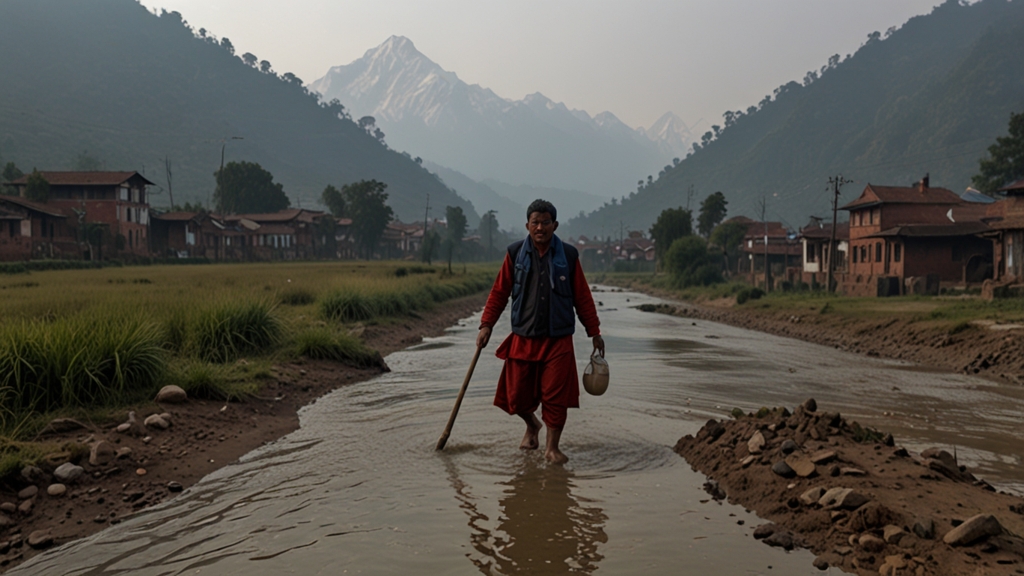As climate change effects become more visible through bouts of extreme weather in the Himalayan nation of Nepal, preparations for what meteorologists suggest will be a severe winter season are being made. The Department of Hydrology and Meteorology has warned that many parts of the country, especially the highlands, could suffer below-average temperatures and above-average snowfall.
Overcrowded shelters Figure 2: The severe winter conditions that are expected shortly have drawn more concern due to their impact on the people of Nepal, particularly in the remote and high-altitude regions. Local governments are trying to put together contingency plans for food and water supply as well as evacuation centers. The government has also provided advisories encouraging citizens to take all measures and be ready for any disruption in society.
Eminent climatologists have pointed out that such weather changes are indicative of,:) and escalating effects of global climate change on the Nepalese environment. The country which boasts of geographic features such as tropical lowlands as well as the highest mountain peaks is most vulnerable to climate shocks. In recent past there has been cases of abnormal storms, floods and landslides, which have had so many losses of lives and properties.
This meteor condition is estimated to have an adverse effect mainly on the agricultural sector as Nepal depends greatly on this source of economy. They wanted to warn farmers about protective actions that may be taken on crops and livestock. The government is looking at measures and safety nets that will enable farmers to avoid huge losses and feed the nation in the next one or two months.
Similarly, Nepal’s crucial economic sector, known as the tourism industry, is also gearing up for the effects of a long-term poor health system. This means that one of the largest tourist attractions of the region, winter trekking and mountaineering, may be severely impacted by the unfavorable climate, leading to thousands of disrupted visitors. Tour operators and adventure companies have begun to draw up contingencies and reconsider operations due to the expected conditions.
Government health authorities are cautioning citizens about higher incidences of cold adverse health consequences, especially among senior citizens and children. Hospitals and health centers across the country are being prepared for possible growth in the number of cases of hypothermia, respiratory diseases, and other cold diseases. The state is also to conduct public sensitization crusades to ensure the citizens know how to protect themselves from the cold and the necessary measures to take.
This situation has brought back to the president the issue of climate change, adaptation, and mitigation measures in this country, or we need much stronger infrastructures and better preparedness towards natural disasters. Environmentalists and policymakers are demanding more severe measures to combat the sources of climate change and adaptation in the country. This is a realization that Nepal’s sustainable development goals depend on the country’s capability to address or adapt to climate-related hazards.
In the midst of this immediate crisis in Nepal, the international community is being asked for help and aid. Climate change is a global problem and, therefore, needs a collective solution; this standard case of Nepal shows how global warming has adverse effects on an affected country. The next few weeks will be crucial to understand how much Nepal is prepared for this climatic harshness and what can be learned for future preparedness strategies and resilience development.


